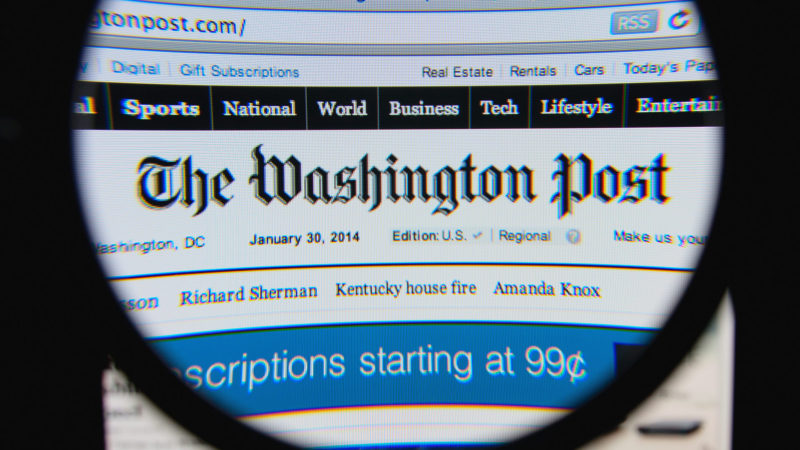
In 2012, when Newsweek announced that they were going to scrap their print edition and go all digital, it felt like the culmination of an inevitable trend. The march of content away from legacy formats and toward the infinite horizon of digital distribution was inexorable and unstoppable. Print was dead or dying, and there was no point in resisting it. If media were to survive at all, it was to do so as digital media.
Now, five years later, digital’s own future hits an inflection point as it faces growing pains that we all grasp now: non-human impressions, non-viewable inventory, unsafe supply and the rise of ad-blocking users. As digital comes of age, I wonder if there’s not something about those old days of legacy print media and linear television that we might take back if we had the chance.
How we got here and what we lost along the way
Let’s not overindulge in nostalgia here. Let’s first take a moment to appreciate our arrival to the current state. Digital media has provided a series of fundamental innovations from which there is simply no going back. These are the extension of supply and the proliferation of rich new channels with untapped creative potential, and an entirely improved standard for measurability.
We also are talking about addressability of audiences, targeting and measuring with untold precision — the alluring promise, still a work in progress, of being able to deliver the right message at the right time to the right consumer in the right place, and measure accurately whether it had its intended effect. We strive to be able — with full transparency — to analyze and attribute its effectiveness through reliable metrics. This is progress.
And yet, despite the vital evolutions in targeting and measurement that digital has brought to the media landscape, there are elements of the older, legacy formats whose benefits we are still working to recover. For example, all ads were in view because they were printed in real ink. This connotes quality. Audiences were all real people. The supply was brand-safe, because publishers were known quantities and could not be mistaken for something else.
Moreover, the time and attention paid to this media was qualitatively different than it is today, not only because of its physical manifestation, but because of the directness of its distribution, its monopoly and its relative scarcity. It’s the difference between, say, sitting down with the local newspaper at breakfast or watching prime-time network TV, and breezing through an article in your social feed while on a conference call on the subway. Who doesn’t crave and respect quality time?
[Read the full article on MarTech Today.]
Some opinions expressed in this article may be those of a guest author and not necessarily Marketing Land. Staff authors are listed here.
About The Author

Popular Stories
Related Topics
